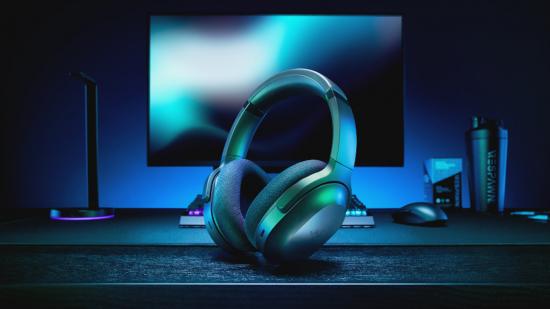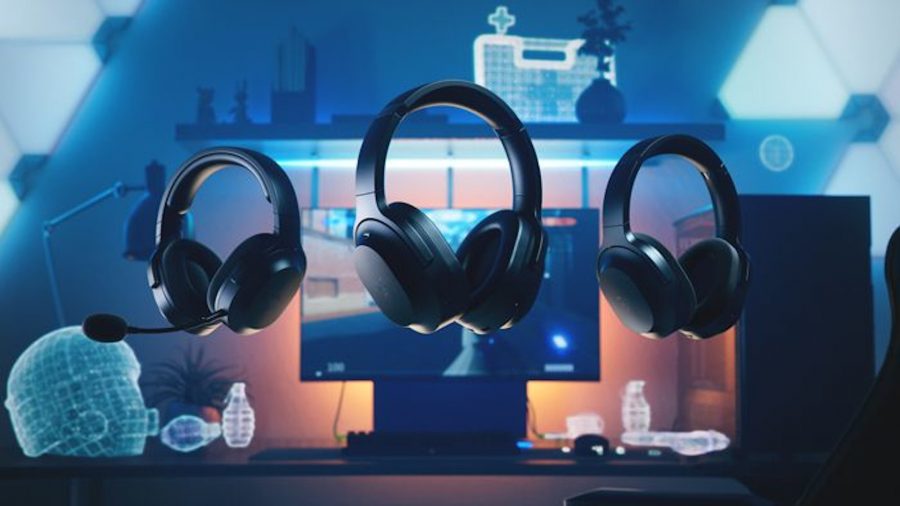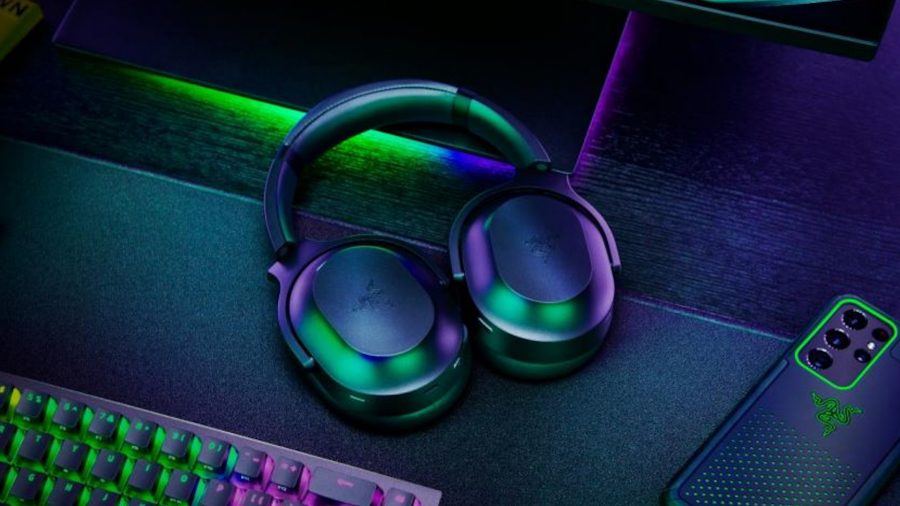Remember the days when gaming headsets were big, bulky pieces of plastic that you wouldn’t dare wear in the outside world? Well, those days are well and truly gone. The new version of the Razer Barracuda couples multifunctionality with ergonomics to create a well-rounded headset that won’t look out of place when you’re out and about or between the office and home.
And really, that’s the beauty of this headset. The original Razer Barracuda won over the critics with its SmartSwitch technology that allowed it to connect to your phone and PC/console simultaneously, but its overall design left a lot to be desired. However, Razer has apparently learned its lessons, releasing not one but three Barracudas into the wild.
The one I’ve been using is simply called Razer Barracuda and it’s the mid-tier option, retailing at $159.99/£159.99. It’s a little bit of a price jump from the old Barracuda, but that’s because this time around it has Triforce Titanium 50mm Drivers, THX Spatial Audio, dual integrated noise-cancelling microphones, and a 40 hour battery life. Sure, it’s not as fancy as the Barracuda Pro ($249.99/£249.99), which has full hybrid active noise cancellation technology among other features, but in all honesty for a pair of multifunctioning headphones that I can use to work and game, it has almost everything I need.
I say almost and that’s because there’s a kicker.
At a basic level, the Barracuda can be connected to your phone via Bluetooth and then to another device via a 2.4GHz wireless USB-C dongle. In the last week and a half, I’ve had my headset connected to my phone and my PC simultaneously while I work during the day, allowing me to take calls at a click of a button, and then connected to my phone and my PlayStation 5 or Nintendo Switch in the evening.
The transitions between connections are pretty much seamless. Depending on what track you want to connect to, a double tap of the SmartSwitch button on the right ear cup is all you need.
And if all you’re doing is playing single-player games or listening to music while you play, it’s a great bit of kit. The sound quality, boosted by those 50mm drivers and THX Spatial Audio, is pretty good. You can pick out sounds as they happen around you and you can pinpoint enemy footsteps pretty easily too. But if you spend your evenings battling for a win in Warzone, Fortnite, or pretty much any other battle royale, there are headsets with better microphones – especially if you’re planning on streaming.
Razer boasts that the microphone on the Barracuda will allow for “crystal clear pickup”, but in my experience that’s not always been the case. Over the last week and a half, the Barracuda hasn’t provided consistent results. My voice on one phone call was received just fine, but on another I sounded like a robot, with static interrupting my dulcet tones (this is despite adjusting my settings in the companion app). During a couple of matches of Warzone and PUBG: Battlegrounds on PC, it was much of the same experience; my microphone output was spotty at best according to my teammates, and communicating during those tense firefights became unnecessarily fraught experiences.
It’s worth noting here that the microphone seems to perform better when connected to a device via Bluetooth or via the USB-C dongle correctly. The Barracuda comes with a whole host of spare cables, including a Type-A to Type-C adapter, which you can use to connect the Barracuda to your PC and console if you don’t have a USB-C port. When the dongle was connected via this cable, the microphone quality massively deteriorated, something I personally experienced on PS5.
On the box for the Barracuda, Razer recommends connecting the headset to the PS5 via the Type-A adapter. However, after lots of trial and error, I realised this is not the way to do it. While the sound quality of games are fine when connecting the headset this way, the microphone quality is not. Every word I uttered was muffled with static, so much so that I actually switched back to the microphone on the DualSense controller to play out the rest of my game.
The Barracuda is touted as working with all consoles, except the Xbox Series X|S and Xbox One, so undeterred, I tried plugging the USB-C dongle directly into the DualSense. This threw up the exact same results, so I plugged it into the USB-C port on the console itself and found, magically, the microphone delivered that “crystal clear” output I’d been promised.
You’ll be glad to know that when used this way, the microphone is ten times better than the one on the DualSense controller. The microphone might not be as good as some of the Barracuda’s competitors, but for a well-rounded, lightweight wireless headset that has a 40 hour battery life, functionality buttons, and multiformat functionality, that’s not a bad price to pay.
If you’re looking for a wireless headset that can do it all, the Razer Barracuda is worth your time. While the microphone isn’t the best – particularly in busy areas – the headset’s SmartSwitch technology, long battery life, and sleek design make it one of the standout multiformat gaming headsets in recent years.


